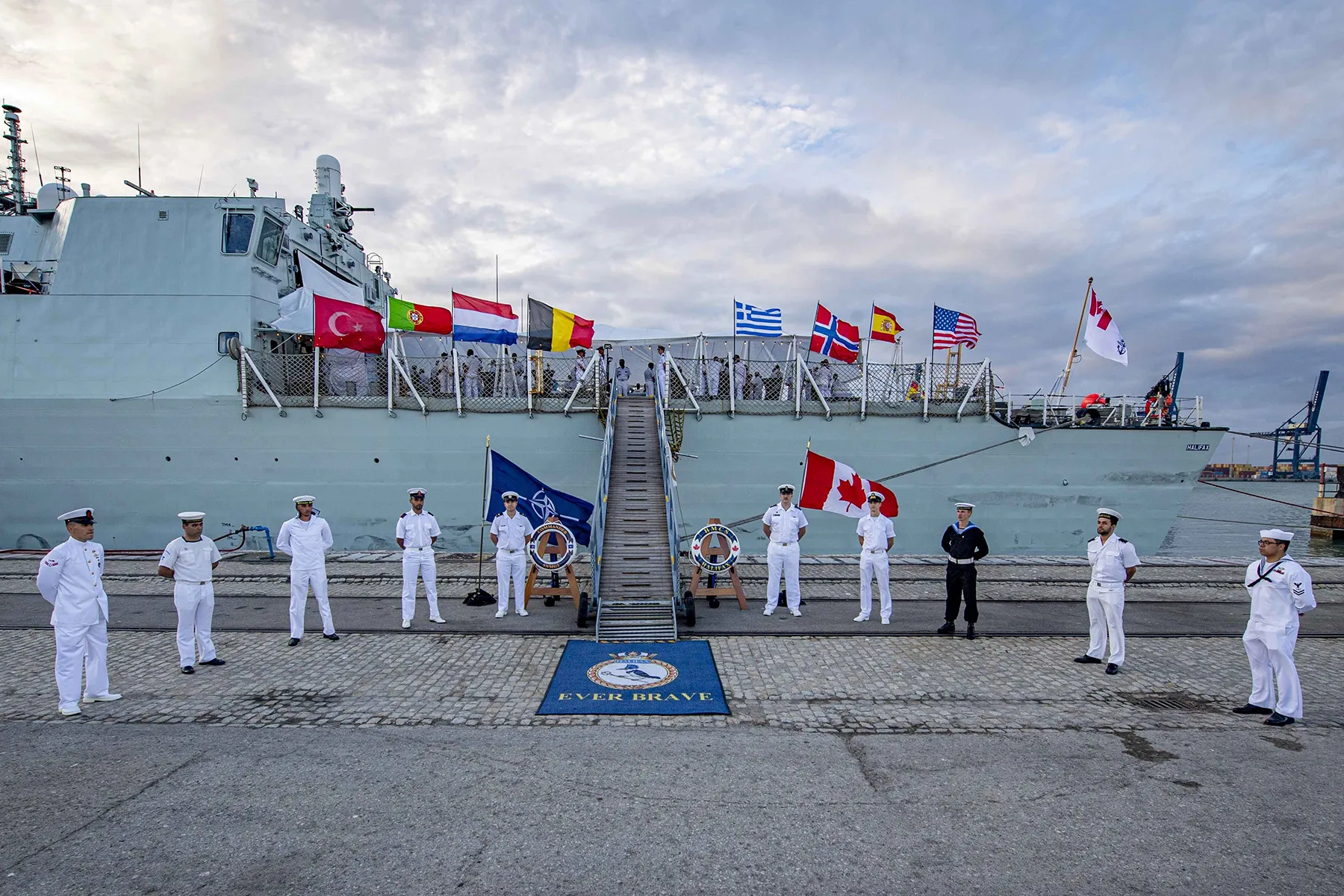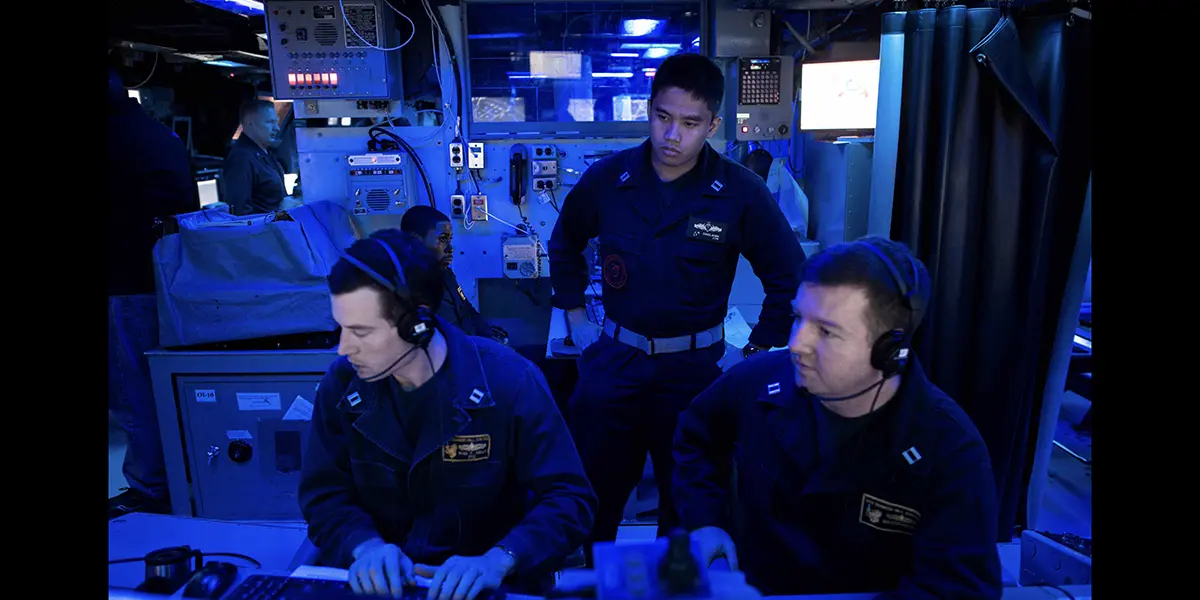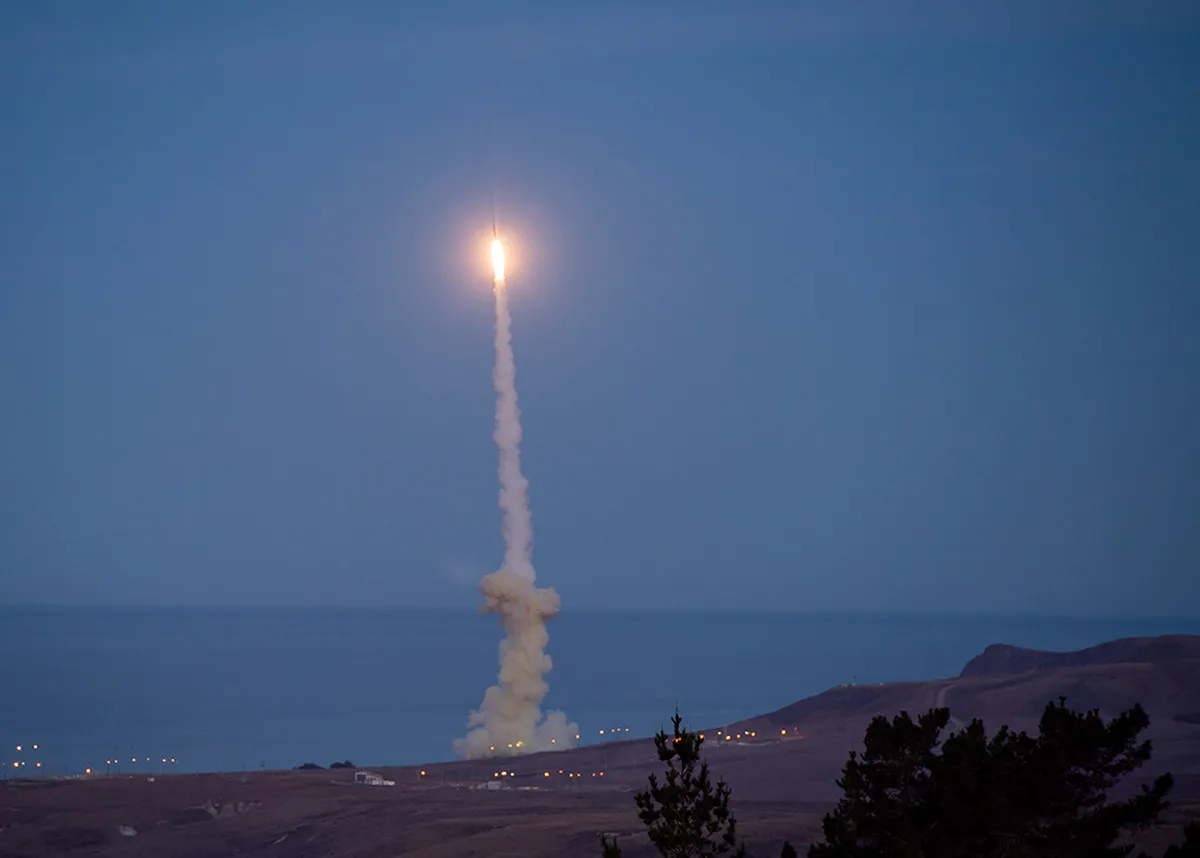This commentary originally appeared in Defense News. Reprinted with permission.
There is now bipartisan consensus that the decline of the US maritime industrial base is a national security risk. The current US flagged commercial fleet falls well short of the robust sealift capacity that would be needed in wartime. The proposed solution: rapid reindustrialization of the American economy. Efforts such as the SHIPS for America Act, the new White House shipbuilding office, and the April maritime executive order all aim to boost investment in American commercial and naval ship construction.
The challenge is that the words “rapid” and “reindustrialization” are an awkward fit. The US is unlikely to move from effectively last place into a pole position dominating the commercial maritime sector in the span of one, two, or three presidential administrations. And if the justification for such initiatives is the proximate threat China poses to Taiwan, then time is a scarce commodity. As policymakers on both sides of the aisle consider the feasibility of a wholesale resuscitation of US shipbuilding, there is a nearer term lever worth pulling: engaging more with US allies in ways that link strategic maritime partners to America’s innovation economy.
The April maritime executive order included a mandated 90-day assessment of how allies and trade policy relate to the issue of domestic shipbuilding. Yet to the extent policymakers talk about allies in this context, it is generally to argue for purchasing foreign-built warships or conducting maintenance on US Navy vessels in overseas yards. These are legitimate ideas, and the Navy has been pursuing overseas maintenance thanks to increased congressional support. However, neither idea addresses the core political project of revitalizing national shipbuilding. For that, we must consider the relative strengths of the US and allied economies, which leads to four possible lines of effort in support of nearer term wins for the US industry.
Link US technologies to the maritime economy. Given the dearth of US commercial shipbuilding expertise, America’s innovation economy is almost entirely disconnected from the global shipping industry. American tech titans and startups alike have for decades grown in an ecosystem starved of interest or expertise in maritime applications. There are substantial gains to be made from linking those two disconnected sectors, such as fostering partnerships between major shipbuilders in allied countries and innovative US companies working on everything from robotic welding to flexible manufacturing facilities, navigational autonomy, and portable nuclear microreactors. These linkages do not guarantee full-scale reindustrialization. They do, however, play to US competitive advantages in software and venture capital- or private equity-backed business, which could be encouraged to consider maritime uses for their technologies if given the right inducements and connections to overseas shipbuilding firms.
Scale US defense technology startups with overseas production. Another avenue for cooperation in the maritime sector would link US defense technology startups with allied manufacturers abroad in support of boosting US materiel production. To reach near-term targets for fielding hundreds or thousands of autonomous vehicles across all domains, there is a credible argument that US startups must harness the preexisting capital expenditures of legacy manufacturers in countries like Japan and South Korea. Much like an iPhone says on the back, “Designed by Apple in California, Assembled in China,” it is possible to envision a Saronic Corsair unmanned surface vessel with the stamp, “Designed in Texas, Assembled in Yokohama.” Leveraging shipbuilders for drone manufacturing is already happening on a smaller, domestic scale. California-based Saildrone partners with Alabama-based Austal USA to manufacture its 65-foot Surveyor USV. There is more room to export this model abroad while American startups invest in the long-running project of capitalizing their own domestic manufacturing capacity, helping the Navy address near-term national security concerns while enabling startups to scale fast.
Import more foreign management expertise. US shipyards are much less efficient relative to overseas competitors. A US Arleigh Burke-class destroyer, a US San Antonio-class amphibious assault ship, and Royal Caribbean’s Icon of the Seas cruise liner are each roughly an order of magnitude larger than one another, yet they all cost about the same amount: $2 billion. There are good reasons why a warship would cost more on a per-tonnage basis than a commercial vessel, but the underlying assertion still holds: US shipyards are not operating at the cutting edge. US yards are already looking closely at Japanese and Korean management models and attempting to graft relevant lessons. And South Korea’s Hanwha has made a direct move into the US through its acquisition of the Philly Shipyard. The US naval shipbuilder HII recently signed a teaming agreement with Hyundai Heavy Industries, another Korean firm. Importing overseas techniques is not a surefire route to success, as we have seen with TSMC. Nevertheless, as South Korean, Australian, and Italian shipbuilders enter or expand in the US market, a goal for policymakers should be to promote not only increased capital and capacity, but also a tighter embrace of the practices and expertise that these companies bring to American yards.
Capitalize on capital. Financial services are a domain where greater interaction between US banking and insurance centers on the one hand and allied ship owners and operators on the other could be critical in a crisis or conflict. As recent events in the Red Sea have demonstrated, the US government wields little direct influence on maritime insurance rates, which remained inflated despite US patrols to protect commercial shipping from Houthi attacks. Likewise, there are few clear mechanisms to indemnify or financially incentivize private carriers to continue supplying cargo in hazardous locations when it is in the national interest to do so. In the event of a crisis or conflict in the Pacific, the US would want to promote the flow of essential supplies to allies and partners like Japan, South Korea, Taiwan, and the Philippines. Joint ventures between financial hubs in New York, London, Seoul, Tokyo, and others might help bolster financial service offerings in support of mutually desirable national security considerations for the commercial maritime sector. Financialization across borders will likewise also play an important role in continuing to bring allied shipbuilding firms into the US maritime market, which has so far been limited to the narrow construction of naval vessels.
The US cannot seize significant market share in conventional commercial ship construction overnight. As policymakers assess the universe of possibilities to achieve meaningful domestic capability and workforce rebalancing in service of whatever a viable maritime industrial base looks like, allies wait in the wings to provide more and more creative partnership than have previously been considered. To best harness allied expertise and scale, the US must enter with a clear-eyed assessment of our own strengths, weaknesses, and business cases for mutual gain. Part of the answer to that equation is the following: what we lack in an industrial maritime footprint, we make up for in innovation, capital markets, and financial services. Therein lie the onramps to a truly American foray into the maritime ecosystem, one built on competitive advantages and the power of friends.



